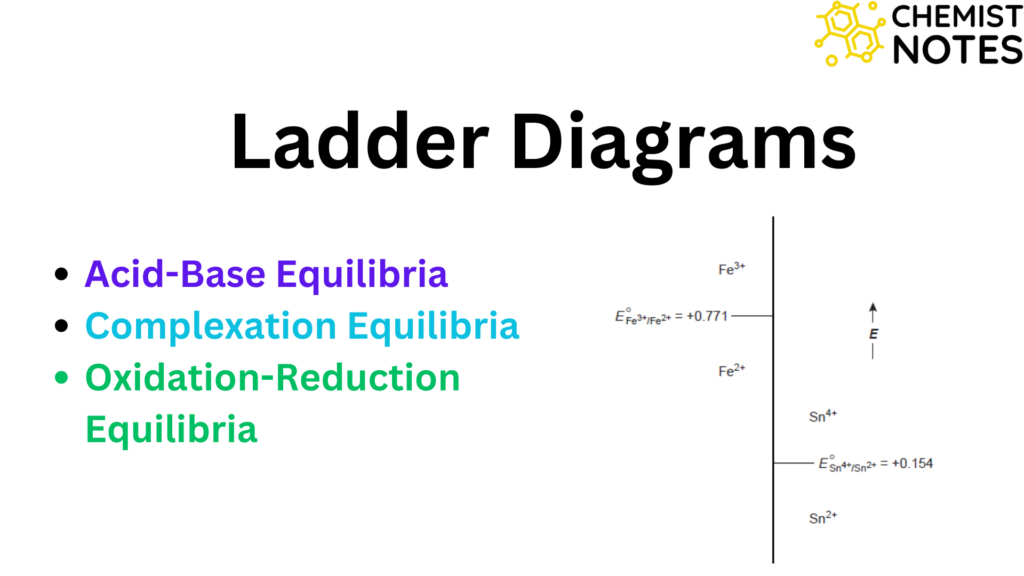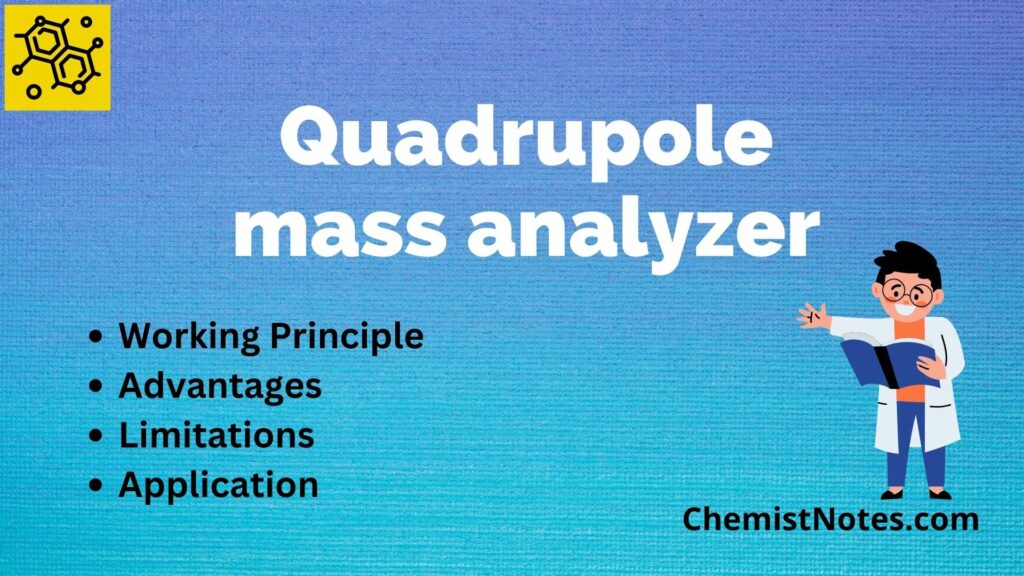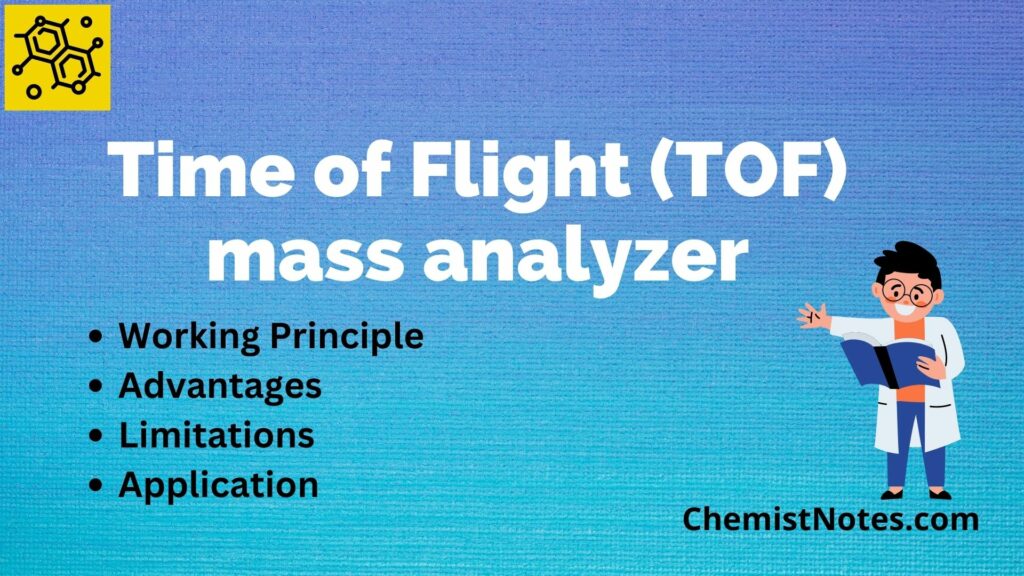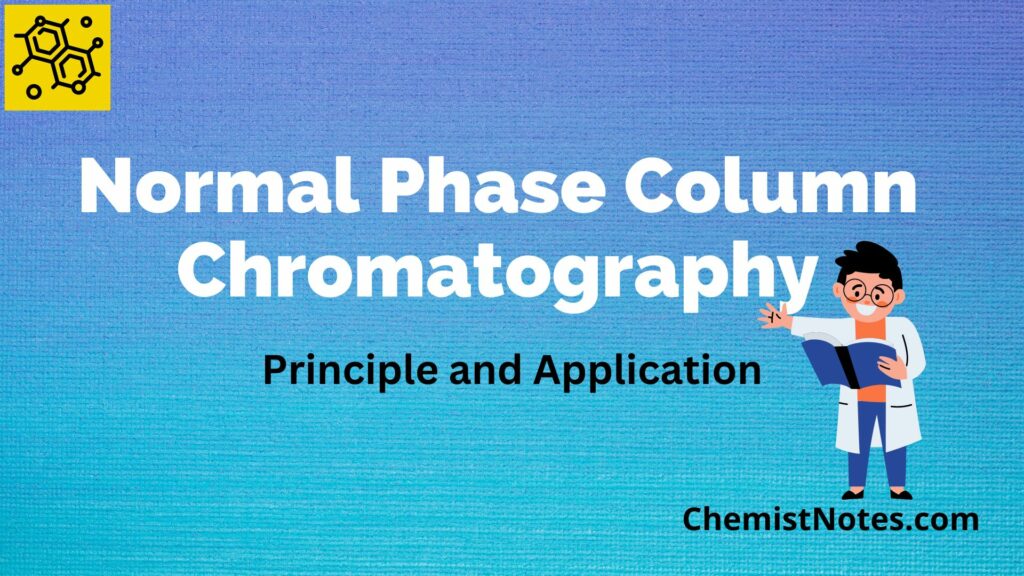Table of Contents
ToggleMatrix assisted laser desorption ionization, popularly known as “MALDI” is a very important ionization technique in Mass spectrometry, commonly used for the ionization of non-volatile and high molecular mass analytes. Its basic principle, advantages, and application of it have been discussed below.
Principle of matrix assisted laser desorption ionization
In this technique, the sample solution (analytes) and an appropriate matrix solution are mixed together and deposited to a metal target (the sample holder), which is then dried. Co-crystallization of the matrix and analytes molecules occurs after drying.
The target’s crystals ( co-crystallized analyte-matrix) are then irradiated with laser pulses in a vacuum, providing photons with an energy matching the frequency of the matrix’s maximum absorption, thus ionization phenomenon takes place. This ionization procedure may be divided into two steps.
- The laser energy is first absorbed by the matrix molecules, which are then desorbed and ionized via protonation, producing a hot plume. This step is called the ablation step.
- In the second step, the energy is transferred from the excited matrix to the analyte, thus forming a vapor phase followed by proton transfer between matrix ion and analyte molecules to form gas-phase protonated analyte ions. Most frequently, singly charged [M+H]+ ions as well as less frequently doubly charged [M+2H]2+ and proton-bound dimeric [2M+H]+ ions are produced.
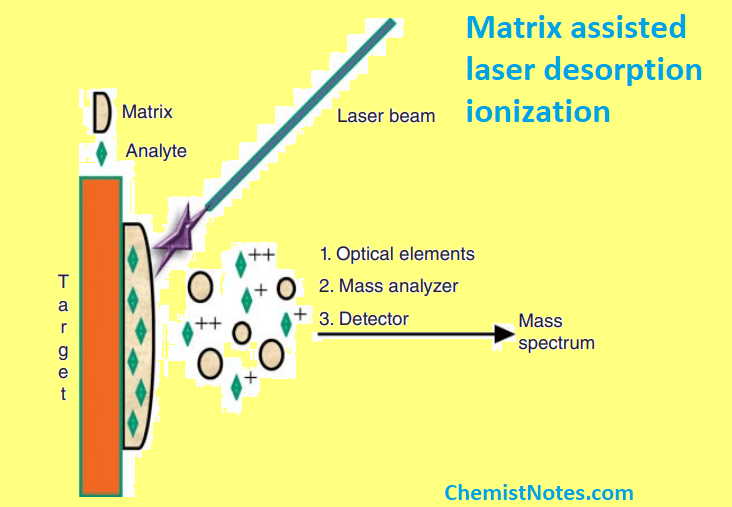
The peak of protonated analytes is a significant component of the mass spectrum because the ions generated tend to be stable and experience little to no fragmentation. A time-of-flight mass spectrometer is used to examine these ions the majority of the time, hence this technique is commonly known as MALDI-TOF(Matrix assisted laser desorption ionization time of flight).

Role of Matrix in MALDI
Two regularly used matrix materials, sinapinic acid, and 2,5-dihydroxybenzoic acid, which contain absorption bands that match the laser employed, have found extensive application, with sample molecular weights ranging from 2 to 3 hundred thousand Da successfully examined.
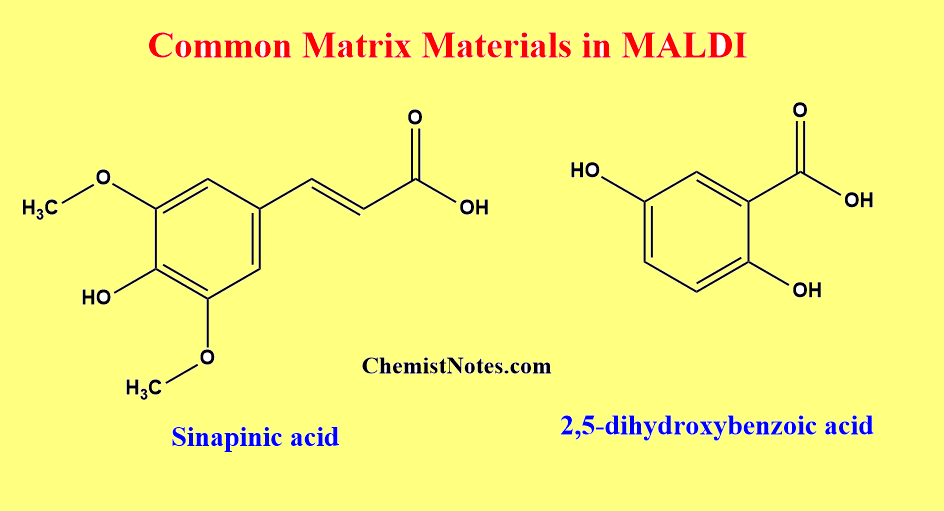
The usage of a matrix provides the following benefits:
- It serves as the analytes’ mechanical support.
- It decreases intermolecular hydrogen bonds, leading to isolated analyte molecules.
- It acts as an intermediary for the transmission of energy between the analyte and the excitation source.
Advantages of matrix assisted laser desorption ionization
- It has the ability to produce large-mass ions with high sensitivity.
- It is a very soft ionization method that does not produce abundant amounts of fragmentation compared with some other ionization methods.
Application of matrix assisted laser desorption ionization
MALDI is an essential ionization method for peptides and proteins. In addition to analyzing peptides and proteins, MALDI is particularly helpful for analyzing biomacromolecules including lipids, oligosaccharides, glycans, and oligosaccharides. It is also used to analyze synthetic polymers and in some circumstances even tiny molecules like medicines and antibiotics. Additionally, it’s crucial for bacterial identification and microbial fingerprinting.
FAQs/MCQs:
MALDI TOF MS price
It costs around $279,000.
what does MALDI stand for?
MALDI stands for Matrix Assisted Laser Desorption Ionization.
MALDI matrix selection
The matrix for MALDI is selected on the basis of its absorption maxima. If the matrix’s absorption lies in the range of Laser energy, then it can easily absorb photon of Laser.


